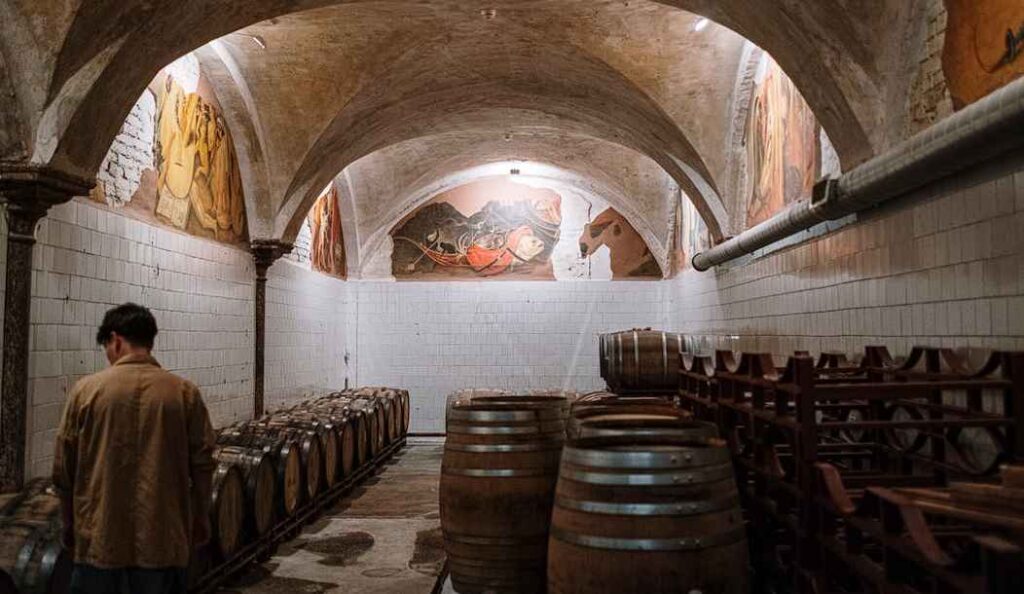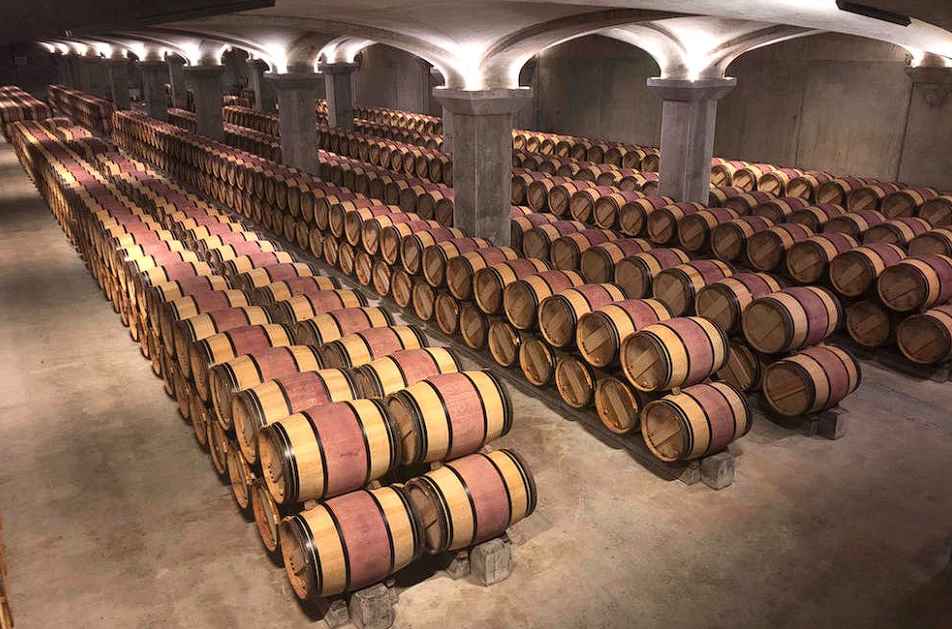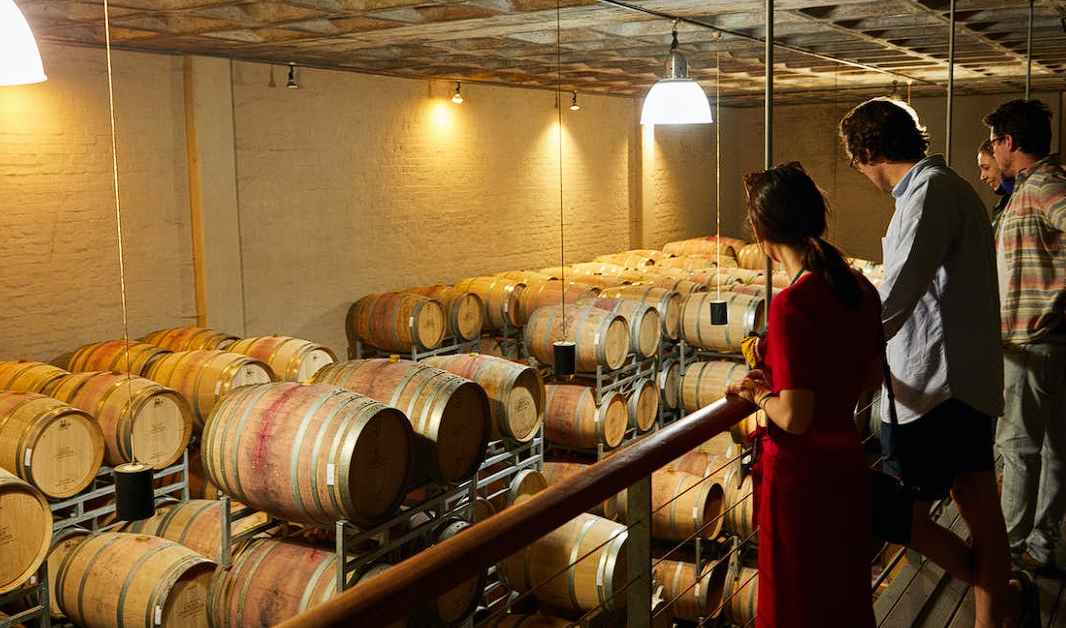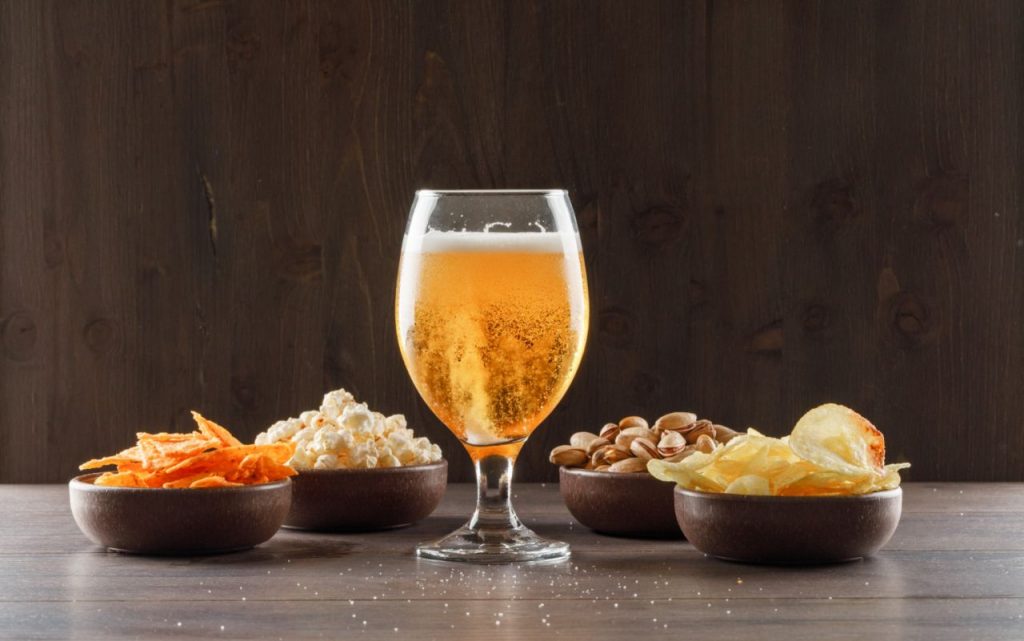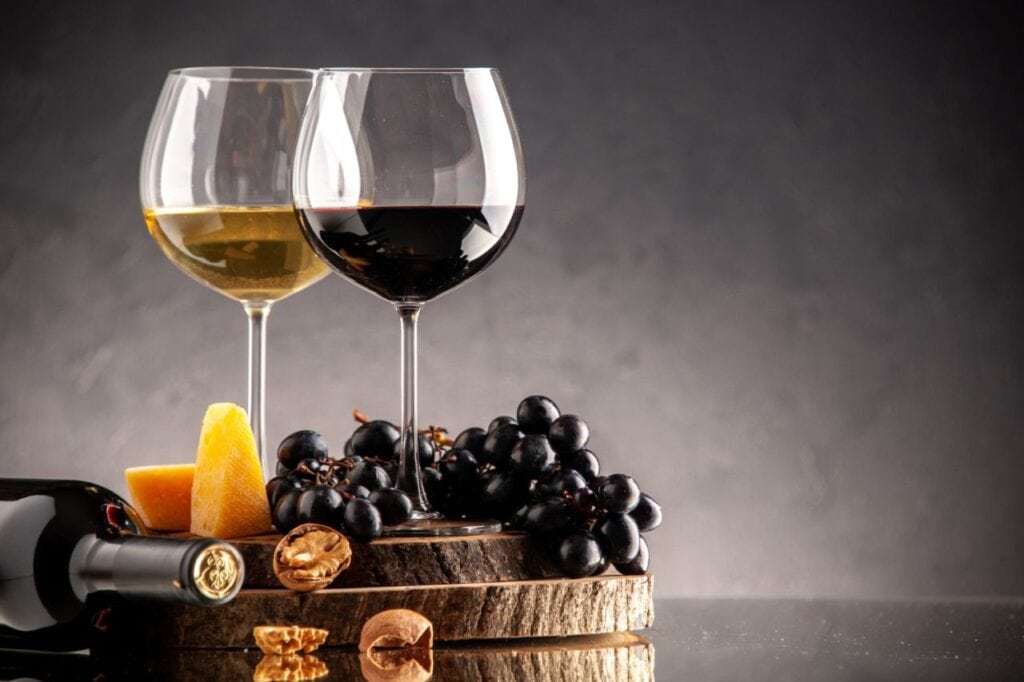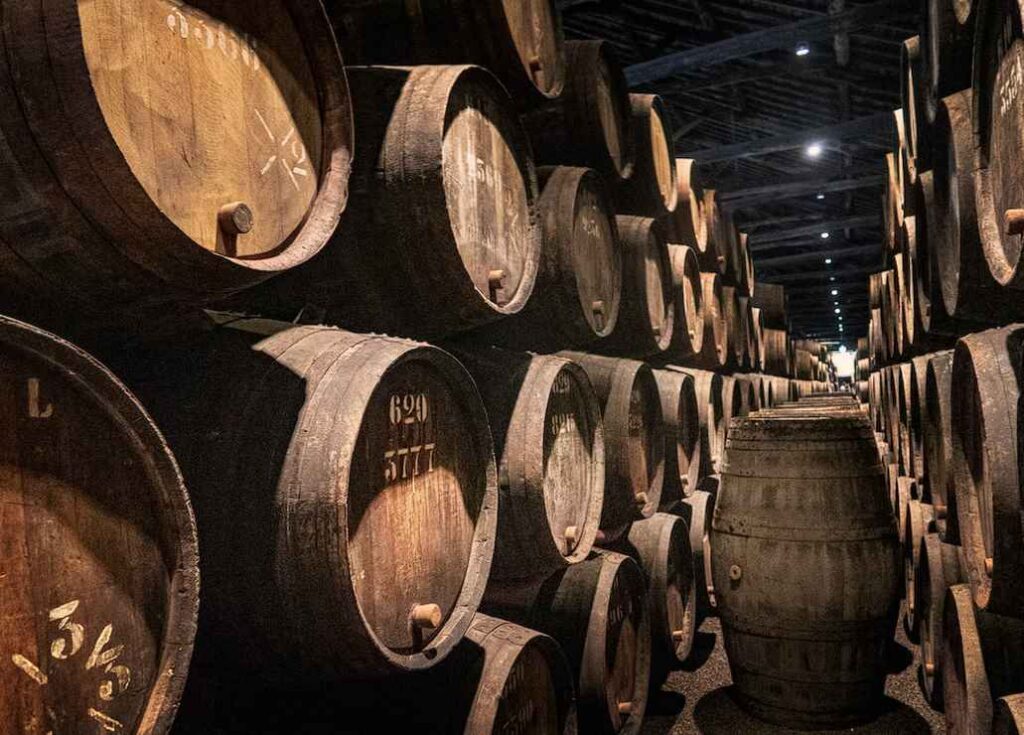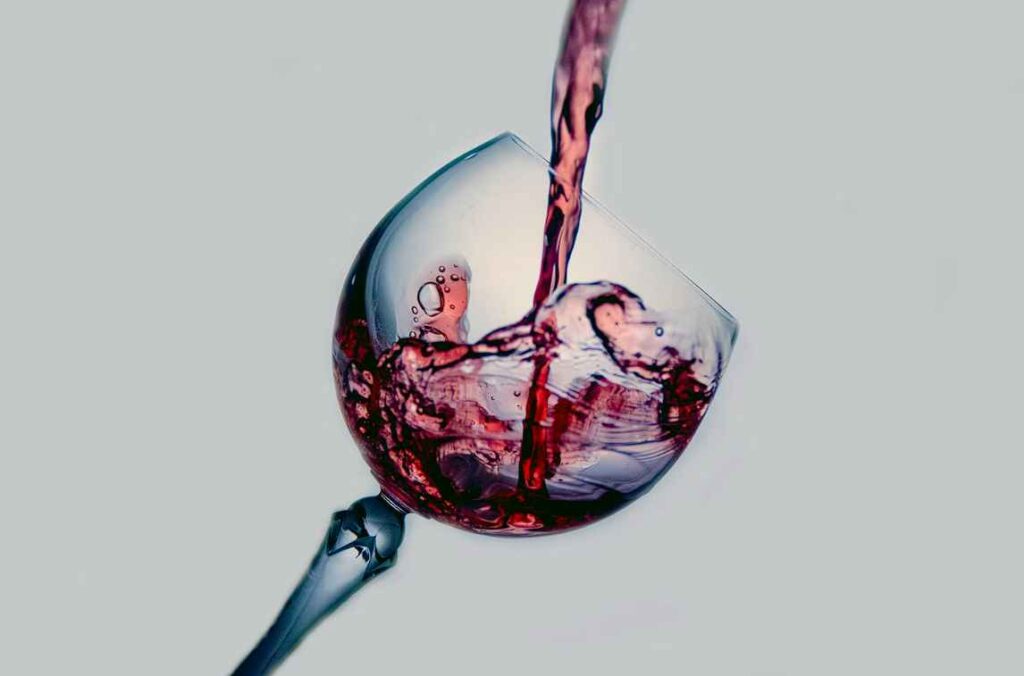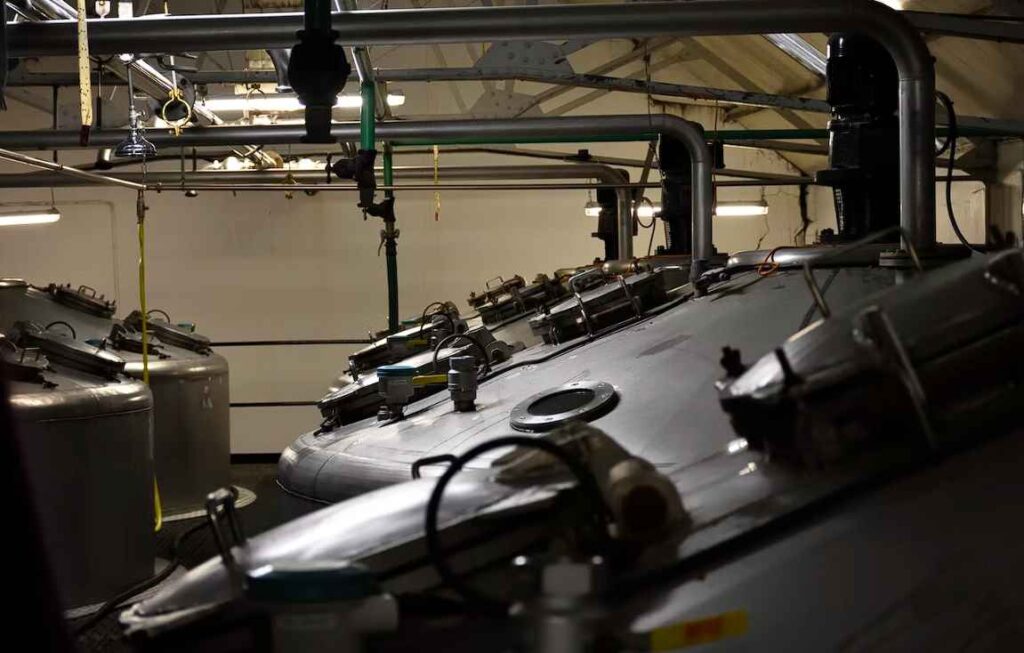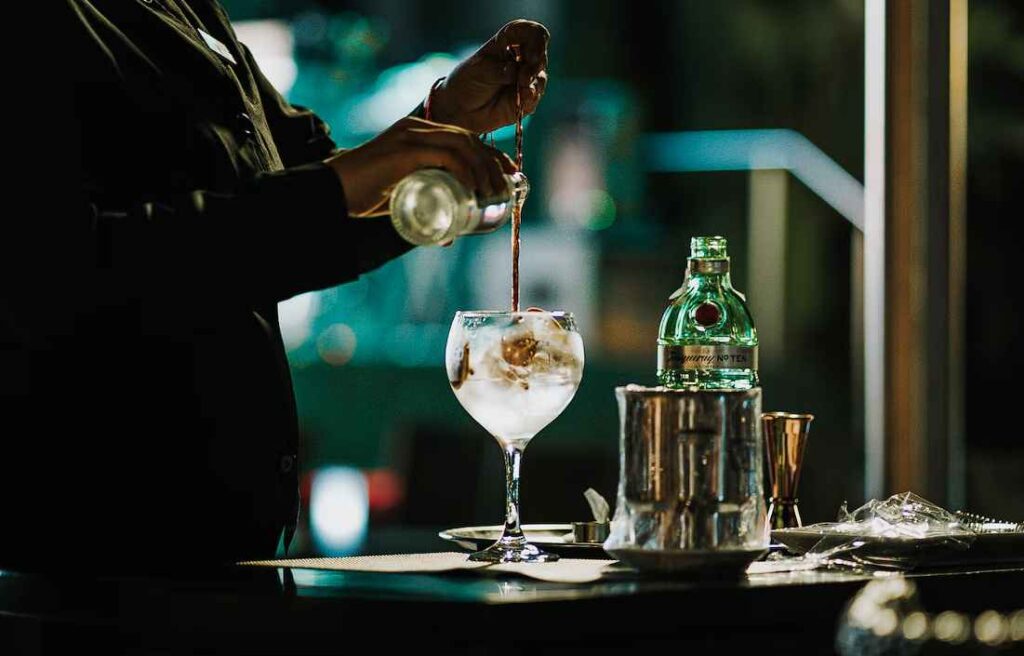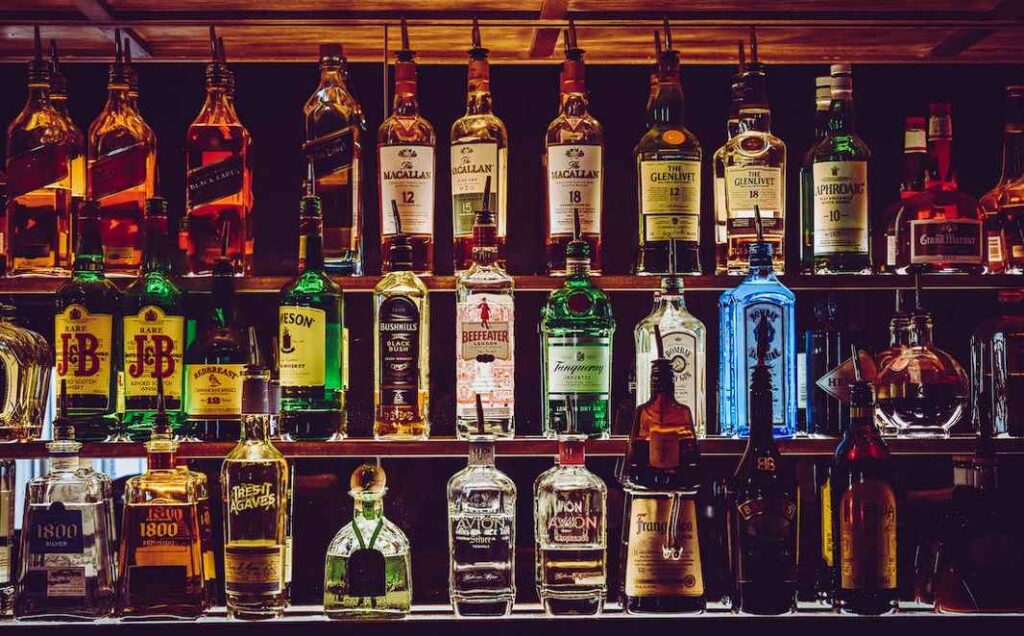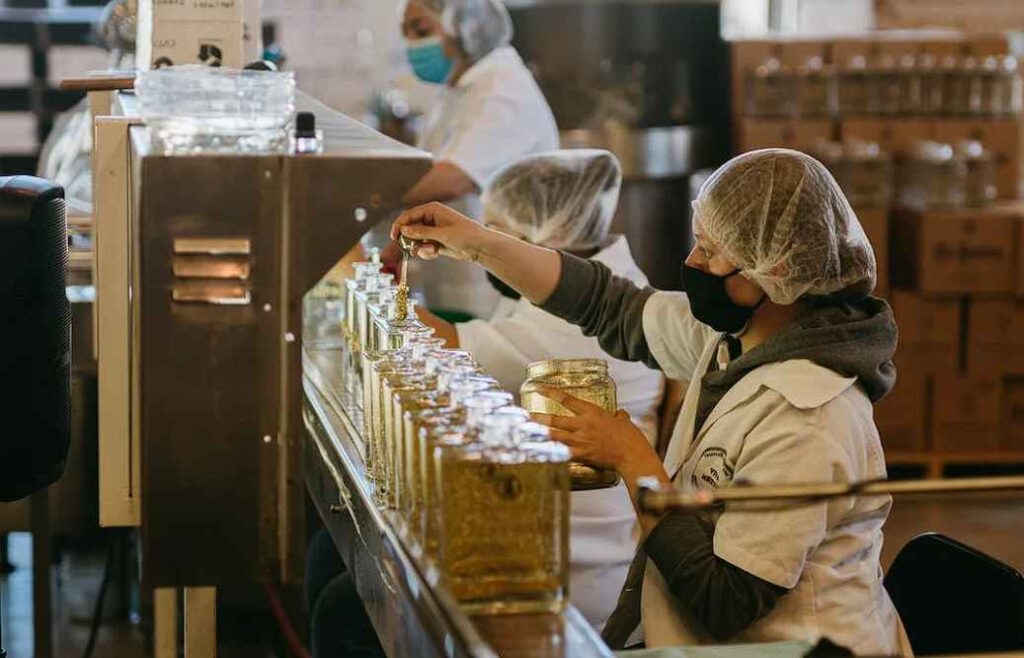Have you ever wondered what happens inside a distillery? Here's your chance to go behind the scenes of booze-making! From crushing the grains and separating out their solids, to yeast fermentation and maturation in oak barrels, every step of the process has an important role when it comes to crafting exceptional spirits.
The distillation process is essential to any industrial facility's efficient and cost-effective running. Distillation equipment and fractionation columns are used in nearly every industry, so it is crucial to keep an eye on them and fix any problems that arise if you want to see positive results. Unfortunately, many businesses need to pay more attention to the value of distillation despite the urgency of the quality issue. The long-term costs of continuing this method might add up quickly.
We'll take a closer look at each stage of production and how it influences flavour so that you can make better brews with confidence. Read on to learn about what goes into great whiskey, gin, vodka and more!
Whether you’re after something easy drinking for a casual night or something special for your next big occasion - Tar Barrel has got you covered.
The Process of Distillation
To produce whiskey, distillery utilise state-of-the-art machinery. However, researchers still rely on the age-old principle of fractional distillation, which utilises the fact that ethanol and water have different boiling temperatures to achieve the desired result.
Grinding Grains, Fermenting Alcoholic Beverages
In a mash tank, simmer 500 pounds of grains in 200 water gallons to generate a sugar- and nutrient-rich environment favourable to yeast growth. The yeast consumes most of the sugar in the mash in 3-7 days, transforming the mash into a "distiller's beer" or "wash" with an alcohol content of 10-12% ABV in one of the blue fermentation tanks. The wash is pumped into the still's pot.
Boiler Washing
Wash is heated slowly over 1-2 hours until it just begins to boil in the still. Alcohol boils at a lower temperature than the water, around 173 degrees Fahrenheit vs. 212 degrees Fahrenheit; therefore, it evaporates from the wash before the water does. Over the next two to three hours, the wash will boil to extract alcohol, water, and other flavouring components.
Reflux
Vapours of both alcohol and water, rising from the pot, "reflux" in the copper tube, with the former continuing to climb while the latter returns to the reservoir. The column temperature and the amount of reflux manage the distillate's flavour and quality.
Vapours Condensation
Light vapours that make it through the column return to a liquid state in a water-cooled condenser after crossing the line arm.
Distillation
Three distinct parts of the distillate emerge from the still: the high-proof "heads," the longer "hearts," and the lower-proof "tails." The middle portion of the run is saved for bottling or maturing, while the beginning and end pieces are recycled into the next run's distillation process. Distillation is an art form because it requires the skill to determine where to "cut" between heads, hearts, and tails. The spirit is now evident in colour and tastes only like grains from the mash. They refer to it as "Glacier Dew," however others may know it as "white dog" or "new make."
Ageing in a Barrel
New-made spirit turns amber and picks up additional charred wood taste only after being aged in oak barrels.
What Exactly Is Distillation, and Why Is It So Vital?
Distillation is used to segregate substances by their respective boiling points. The boiling points of various chemicals, such as regular gasoline, diesel, and jet fuel, are located at different temperatures. Separating several feed streams into individual end products requires distillation columns.
The Refining Process of Crude Oil
Fractional distillation quickly separates crude oil's several components, each of which has its unique size, weight, and boiling temperature. Fractional distillation consists of the steps below.
- At a very high temperature, two or more liquids that have very different boiling points are combined. Most cases, this is performed using high-pressure steam heated to around 600 degrees Celsius.
- Boiling causes the formation of vapour gases.
- The vapour flows through the plates and trays that line the inside of the distillation column. The pores or bubbles in the trays allow the vapour to escape, just like the cap on an open soda bottle. They lengthen the time the vapour and liquid have to come into contact, which helps collect liquids that condense at different heights.
- In a vertical column, the vapour would rise.
- The vapour is cooled as it moves upward through the column's trays.
- Substances in vapour will condense to liquid form when they reach a height in which the columns' temperatures equal the boiling point of that substance.
- Distinct liquid components are gathered in separate pans.
- These liquid byproducts may be sent to storage tanks and condensers to be further cooled or to other locations for additional chemical processing.
Issues That Occur During Distillation
- Misuse of fuel or catalyst is a common manufacturing mistake. Not recovering the product molecules from the appropriate streams renders these largely irrelevant, even if they are accurate. If the additional distillate is wasted in the fractionators, there is no use in utilising a costly FCC catalyst. Whatever fuel—crude, propane, butane, isobutane, etc.—is being used in a refinery's distillation process, it must be used correctly.
- Pressure in the distillation column is out of whack. Although it is easy to forget, this truth is nonetheless an essential guideline for operators to keep in mind.
- Failure to properly monitor mass column balance can lead to severe consequences. Problems with level controllers or flow metres can be identified, and their performance can be evaluated. High-quality flow and level devices are required to diagnose these and other issues effectively.
- Any given column's rectifying section has a specific ratio of vapour to liquid that must be maintained. Operators need to be familiar with how changing the reflux ratio impacts the final product of the distillation process.
- Depending on column size, distillation column x-rays or gamma scans should be performed routinely. The goal is to improve the operators' familiarity with the underlying physical structure. This is useful in determining whether or not the column has been damaged physically, as in the case of weeping or flooding.
Why Distil Hard Alcohol?
Yeast plays a key role, as is often the case in studying alcoholic beverages. Yeast ferments the sugars, producing alcohol and carbon dioxide gas. However, as their production of alcohol and CO2 increases, their access to sugar decreases. Furthermore, the yeast can't survive in an environment with too much alcohol. To make anything truly "hard," we can't use yeast. Physically separating alcohol from the water via evaporation and condensation, also known as distillation, is required to obtain alcohol with high proof.
Because its boiling point is lower than water's, alcohol can be distilled by simply evaporating it, collecting the vapours in a tube, and then cooling them to push the alcohol back into a liquid state. There have been just two major developments in distillation technology throughout the history of alcoholic beverages:
The alembic, sometimes known as a "pot distillation," was the first device used in alchemy. The "alembic" is a large, kettle-shaped receptacle used to boil the initial brewed liquid (sometimes called a "mash" or "wash") before it is added to the secondary fermentation process. To condense, ethanol must first travel through a cooling tube before returning to its original container. With less water, the alcohol by volume (ABV) might increase! Nonetheless, ethanol is not the only substance that could be present. Congeners, chemical compounds, can also evaporate during distillation and change the flavour. The craft of distillation consists of incorporating the desired amount of alcohol and any congeners or flavouring chemicals into the finished product.
Since pot distilling was fruitful, the next logical step was to create column distillation. Since pot stills needed to be cleaned after each batch, professional distillers in the 19th century sought more efficient alternatives. Column distillation involves a continual injection of the wash or mash into the column, which is met by rising steam. When the steam enters the column, it is preheated to a precise temperature that removes the ethanol from the wash while leaving behind undesirable chemicals. In contrast to pot distillation, which necessitates cleaning between batches, column distillation may be repeated efficiently due to the columns' design and the capacity to have multiple columns through which alcohol vapours can be continually flowed and refined. This is why column distillation yields spirits with a higher neutral proof and lower ABV. Some column-distilled spirits boast of being distilled quite as many as 30 times, though this is not true of all.
Conclusion
Distillation is a vital part of every manufacturing plant's ability to function effectively and cheaply. Whiskey is made using cutting-edge gear, yet the age-old method of fractional distillation is still relied on by scientists. What makes a good whisky, gin, vodka, and the like? Read on to find out! Substances with different boiling points can be separated via distillation. If any light vapours make it past the column and down the line arm, they will condense back into liquids in a water-cooled condenser.
Knowing when and how to separate the "heads," "hearts," and "tails" is an essential part of distillation, making it something of an art form. The repercussions of not keeping an eye on the mass column balance can be disastrous. The proper diagnosis of these and other problems requires the use of high-quality flow and level devices. Distillation's end product is affected by the reflux ratio, so operators need to be aware of its significance. To distil alcohol, one must first evaporate the substance, collect the vapours produced in a tube, and then chill the vapours to force the alcohol back into a liquid state.
Distillation is the process of producing alcohol and flavourings by adding substances called congeners or flavouring chemicals. Professional distillers in the 19th century looked for more convenient methods of production as a result of the inconvenience of cleaning pot stills after each batch. During column distillation, the wash or mash is continuously injected into the column, where it is met by rising steam.
Content Summary
- Exceptional spirits require a number of steps, each of which is crucial in its own right, from crushing the grains and separating out their particles to yeast fermentation and ageing in oak barrels.
- Distillation is a vital part of every manufacturing plant's ability to function effectively and cheaply.
- Nearly every business makes use of distillation and fractionation columns, making it essential to monitor them and address any issues that may occur.
- Despite the pressing nature of the quality issue, many companies still need to focus more on the importance of distillation.
- Maintaining this approach could result in substantial additional expenses over time.
- To help you confidently create superior beverages, we will examine the role that several processes have in shaping flavour.
- What makes a good whisky, gin, vodka, and the like? Read on to find out!
- Whiskey is made using cutting-edge technology at distilleries.
- Fractional distillation, which takes advantage of the fact that ethanol and water have different boiling points, is an old yet reliable method used by scientists.
- To create a sugar- and nutrient-rich environment favourable to yeast growth, boil 500 pounds of grains in 200 gallons of water in a mash tank.
- In 3–7 days, the yeast will have consumed most of the sugar in the mash, changing the mash into a "distiller's beer" or "wash" with an alcohol content of 10–12% ABV in one of the blue fermentation tanks.
- The still's pot receives the wash via a pump.
- Between one and two hours are required to bring the wash to the point where it begins to boil in the still.
- This is because alcohol has a lower boiling point than water, at roughly 173 degrees Fahrenheit compared to 212 degrees Fahrenheit, and hence evaporates from the wash before the water does.
- If any light vapours make it past the column and down the line arm, they will condense back into liquids in a water-cooled condenser.
- The distillate splits into three distinct portions when it leaves the still: the shorter "tails," the longer "hearts," and the higher proof "heads."
- The beginning and ending components are reused in the subsequent distillation process, while the middle section is stored for bottling or ageing.
- Knowing when and how to separate the "heads," "hearts," and "tails" is an essential part of distillation, making it something of an art form.
- Both the colour and the taste of the spirit have changed to reflect the addition of mash grains.
- Glacier Dew is what they call it, although it also goes by the names "white dog" and "new make."
- Only after being matured in oak barrels does the newly created spirit turn amber and pick up additional charred wood flavour.
- To begin, let's define what distillation is and why it's so important.
- Substances with different boiling points can be separated by distillation.
- Varying substances, including normal gasoline, diesel, and jet fuel, have different boiling points.
- Distillation columns are necessary for separating several input streams into distinct outputs.
- Using fractional distillation, crude oil's various components can be swiftly isolated based on their size, density, and boiling point.
- The following are the stages of fractional distillation.
- Blending two or more liquids with drastically differing boiling points requires heating to extremely high temperatures.
- High-pressure steam at a temperature of about 600 degrees Celsius is typically used for this purpose.
- Vapour gases are produced when liquids boil.
- Inside the distillation column, plates and trays direct the passage of vapour.
- Similarly to an unsealed soda bottle, the vapour can escape through the trays' pores or bubbles.
- They increase the contact period between the vapour and liquid, which aids in the collection of liquids that condense at varying altitudes.
- Even if these are correct, they are basically meaningless if the product molecules are not recovered from the proper streams.
- There is no point in using an expensive FCC catalyst if the extra distillate is lost in the fractionators.
- The distillation process at a refinery must be carried out with the utmost precision, regardless of what fuel is being utilised (crude, propane, butane, isobutane, etc.).
- Problems with distillation column pressure.
- This fact is often overlooked, but it is a vital principle for operators to remember.
- The repercussions of not keeping an eye on the mass column balance can be disastrous.
- There is a way to diagnose issues with level controllers and flow metres and assess how well they are working.
- The proper diagnosis of these and other problems requires the use of high-quality flow and level devices.
- The vapour-to-liquid ratio in the rectifying portion of a particular column must be kept at a very precise value.
- Distillation's end product is affected by the reflux ratio, so operators need to be aware of its significance.
- Regular x-rays or gamma scans of distillation columns are recommended.
- To better acquaint the operators with the underlying physical structure, this is done.
- This might help you figure out if the column has been physically damaged due to something like weeping or floods.
- In the study of alcoholic beverages, yeast inevitably plays a central role.
- The carbohydrates are fermented by yeast into ethanol and carbon dioxide.
- Sugar availability, however, declines as their production of alcohol and CO2 rises.
- Further, yeast cannot thrive in high alcohol concentrations.
- Yeast won't work in recipes calling for "hard" ingredients.
- Distillation, the physical separation of alcohol from water by evaporation and condensation, is necessary to produce high proof alcohol.
- Evaporating alcohol, collecting the vapours in a tube, and then chilling them to force the alcohol back into a liquid condition constitutes distillation because alcohol has a lower boiling point than water.
- The alcohol by volume (ABV) could rise if some of the water were removed.
- Although ethanol is a likely candidate, it is not the only possible ingredient.
- Flavours can be altered by the evaporation of chemical substances called congeners during the distillation process.
- Distillation is the process of producing alcohol and flavourings by adding substances called congeners or flavouring chemicals.
- Because of the success of pot distillation, column distillation was developed as a natural progression.
- Professional distillers in the 19th century looked for more convenient methods of production as a result of the inconvenience of cleaning pot stills after each batch.
- Wash or mash is continuously injected into the column during column distillation, where it is met by rising steam.
- The ethanol in the wash is evaporated by the steam, and the unwelcome compounds are left behind as the steam enters the column at just the right temperature.
- Due to the architecture of the columns and the possibility of having several columns through which alcohol vapours can be continuously flowing and refined, column distillation may be repeated efficiently, unlike pot distillation, which requires cleaning between batches.
- Because of this, spirits produced by column distillation have a greater neutral proof but a lower alcohol by volume content.
- Even if it's not true of all of them, some column-distilled spirits claim to have been distilled as many as 30 times.
Frequently Asked Questions
Distilling Is Essentially The Process Whereby a liquid made of two or more parts is separated into smaller parts of desired purity by the addition and subtraction of heat from the mixture. The vapours/liquids distilled will separate other ingredients that have lower boiling points.
by steeping, boiling and then fermenting or by infusing into hot water. Whiskey is not brewed, but rather, it is distilled. Distilled alcoholic beverages are made from fermented grain mash (a porridge-like substance).
The difference is the end goal. In a distillery, those beers go through another process to become a spirit, while breweries have their own ways of ensuring quality.
The phase change that occurs during the process of distillation is the boiling and then the condensation. In the process of distillation, the liquid is initially converted into the vapour phase at the boiling point. Further, the vapour gets condensed back to the liquid when the solution is cooled.
On the most basic level, a distillery makes money from the sale of liquors the distiller has created. This process is a little abstract in most countries, though, as they follow a three-tier system. In this system, the distiller is the producer who sells their products to distributors who then sell to retailers.

